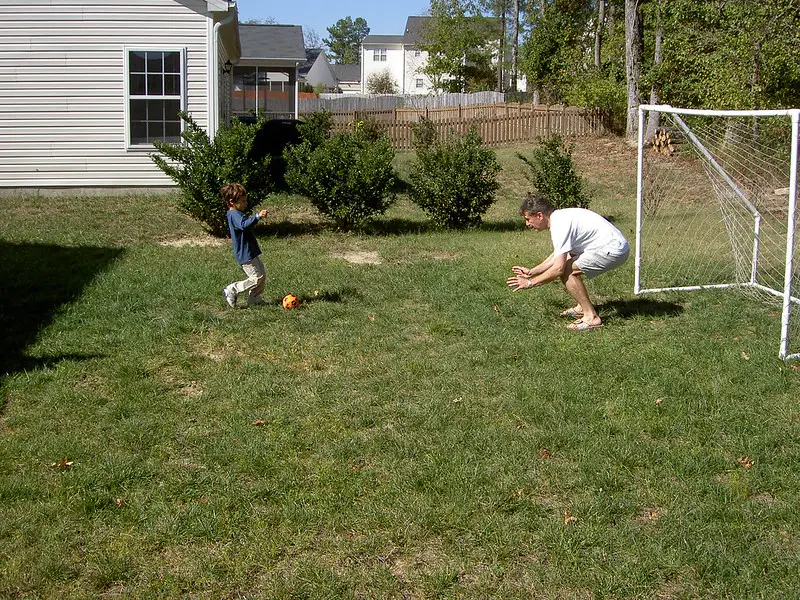
Improving your soccer skills relies mainly on practice. For both team and individual skills, practice is a must for soccer players.
What’s better than practicing in the comfort of your backyard?
There are plenty of exercises you can do in the backyard without any special equipment, but there are also two main options for upping your training: getting a backyard soccer goal or a soccer rebounder.
In this article, we’ll be taking a closer look at the two, and we’ll see which one is best for your backyard.
Soccer Goals
Choosing the right soccer goal for your backyard isn’t an easy task given that there are plenty of types that come in different sizes. There are permanent nets and portable ones, and when it comes to portable nets, there are foldable and pop-ups. Although each of them is suitable for a particular setting, in terms of size and space, they also works for a different type of practice.
Pop-up goals, for example, work best for practicing your accuracy. The small area they cover and their cave-like shape make it challenging to get shots and passes on target, making them convenient for individual training sessions.
On the other hand, if you’re buying this for entertainment purposes during leisure time or as a group activity, then a permanent soccer goal net would be a perfect choice for your backyard. It’d also be a better choice than a rebounder.
We’ve reviewed some of the best soccer goals that are suitable for backyards in this article. You’ll find plenty of good options there.
Why Choose a Soccer Goal?
- You can use it for both serious practices and for small-sided games and leisure activities.
- Works well for individual and group settings.
- Available in different sizes for different age ranges.
- It can be ideal if you want something with an easy setup. Some pop up and collapse via a single twist action.
- On average, portable soccer goals are more affordable than rebounders.
- If you want something that’ll last longer and you don’t care about portability, a permanent soccer goal would be perfect for you.
Soccer Rebounders
Rebounders are perfect, versatile tools for skill training. The idea of a two-dimensional net that might adjust to different angles provides a wider variety of training options, way more than a regular goal.
The main difference between a soccer goal and a rebounder is that while a goal merely receives the ball, a rebounder’s net receives the ball, retracts, and rebounds it without stripping it of any of its power or momentum.
Thus, you’ll be receiving the goal with an equal force to the one that you kicked it with in the first place, giving you a chance to sharpen your receiving skills, not only shooting.
There are three types of rebounders; passing and ball control, striking rebounders, and multi-task rebounders. Their names are self-explanatory. Passing and ball control rebounders are usually smaller and closer to the ground. In all cases, they’re perfect for backyards.
Striking rebounders are larger, as they tend to provide a broad area on which you can practice shooting. Finally, multitaskers, which refer to multiple techniques and sometimes multiple sports. These two types can be really large and might need a vast space, where you’ll need space for installation and space to shoot from.
You can check out our best picks for the three types in this mini buying guide.
Why Choose a Rebounder?
- It offers versatile training options in terms of techniques and skill levels.
- Suitable for individual training and one-on-one training.
- Adjustable rebounders are perfect for customizing the difficulty of your training session.
- Goalkeepers can use some types of rebounders to train as well.
- You can use it to train your whole body.
- It’s not only limited to soccer training, but it works for other sports as well.
Soccer Goal vs. Rebounder: Which Is Best for My Yard? – The Verdict
Well, it all boils down to which technique you intend to practice. Goals are primarily designed for target shots, especially pop-ups, which are the most convenient to backyards given their size. On the other hand, portable rebounders are lightweight, and fit easily anywhere. More importantly, they allow you to practice different techniques ranging from accuracy shots to tapping and ball control.
The size of your backyard determines which soccer goal or rebounder you’ll get. Since most rebounders are already small, it’ll be easy to put any of them in your backyard. When it comes to soccer goals, the space factor will be limiting. Getting a pop-up would be easy, but a permanent one would need some extra consideration. So regarding this aspect, the point easily goes to the rebounder.
Overall, we’d say rebounders provide more extensive individual training. In contrast, net goals are ideal for group settings and leisure activities.
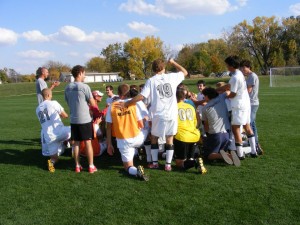
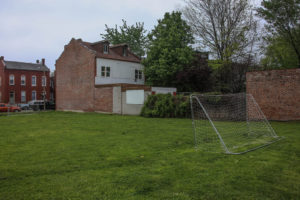
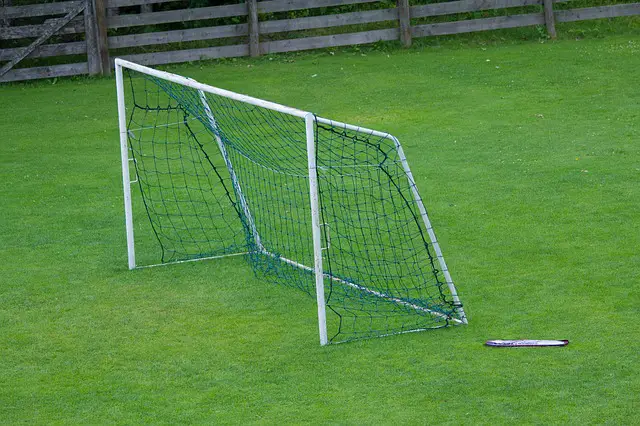
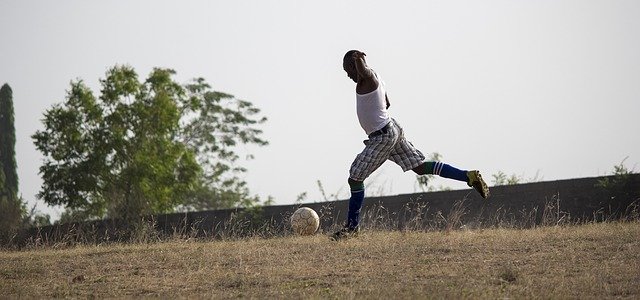
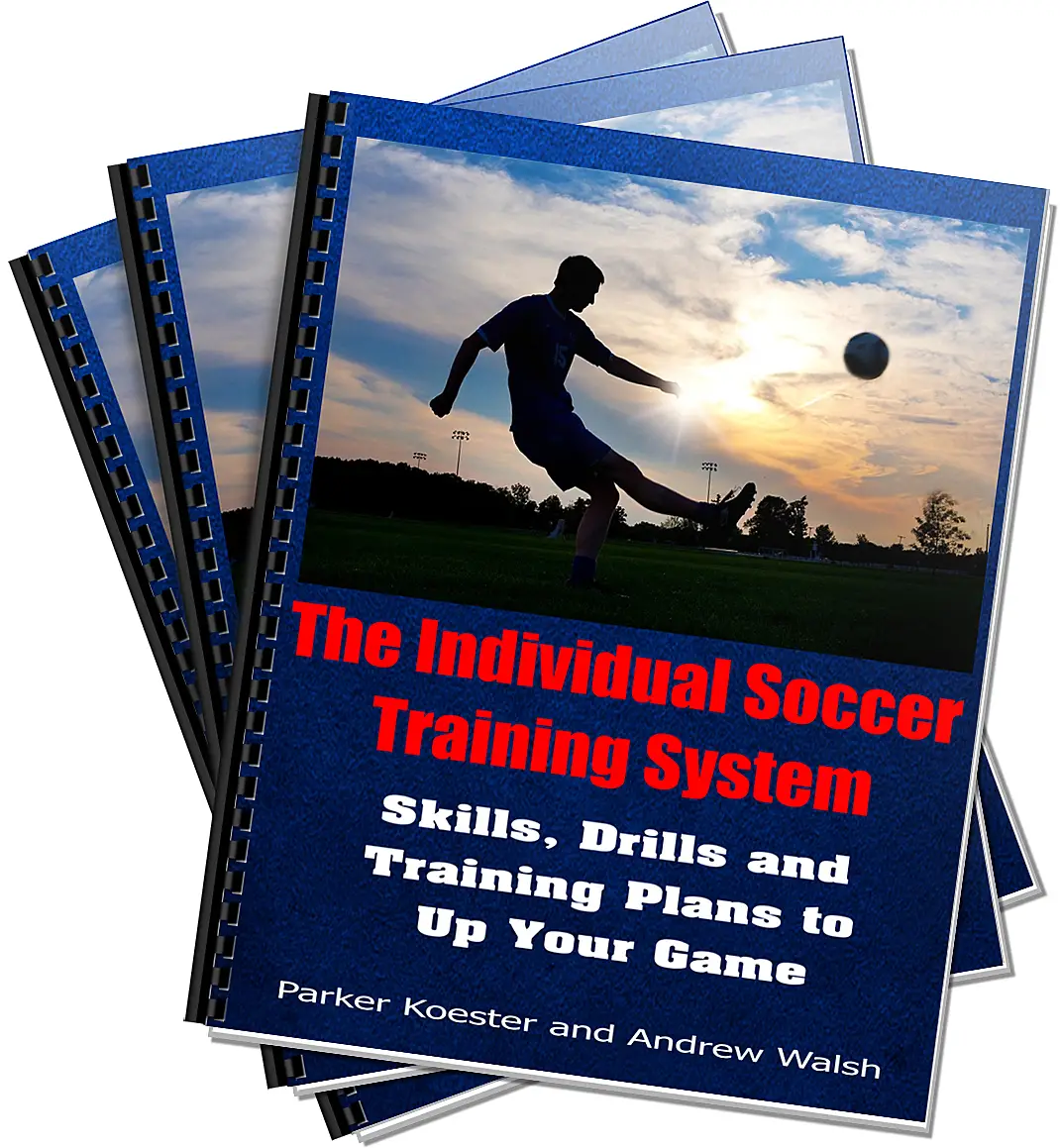

Leave a Reply